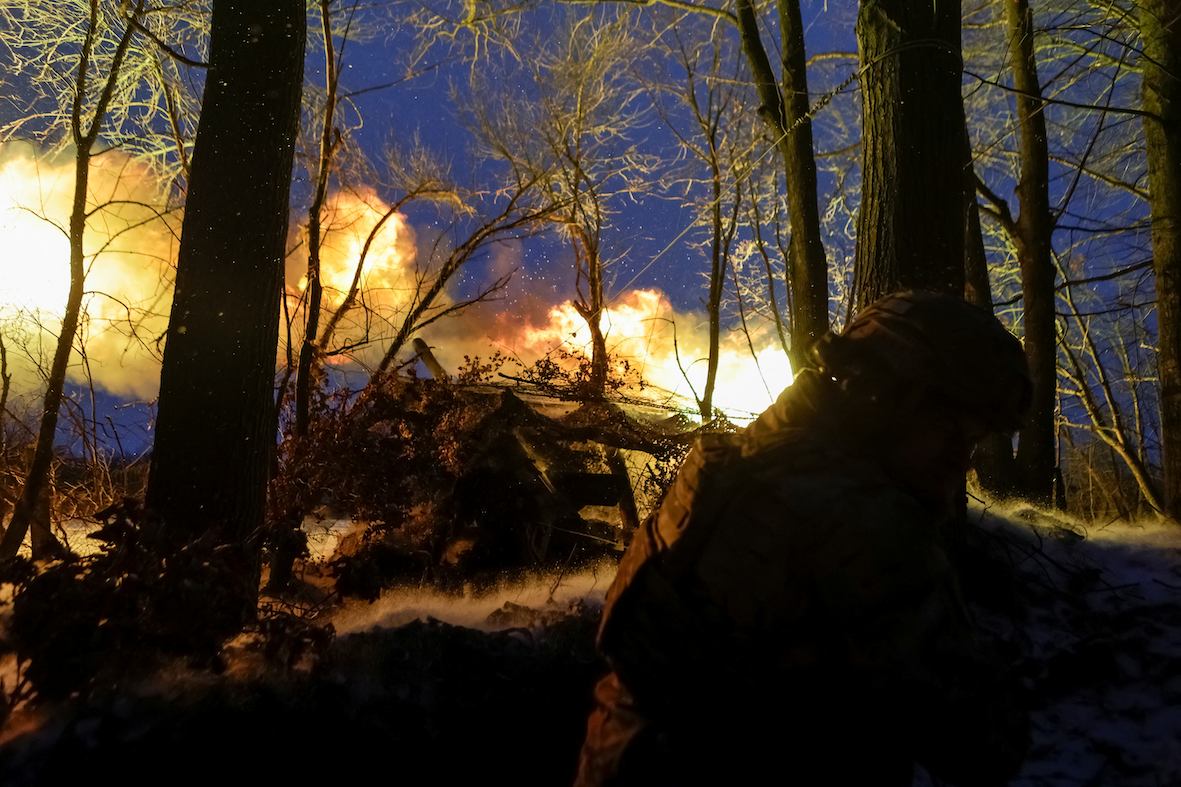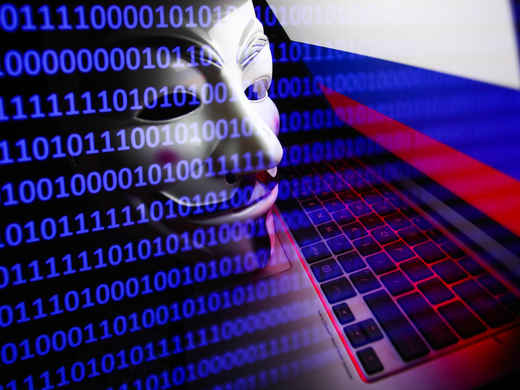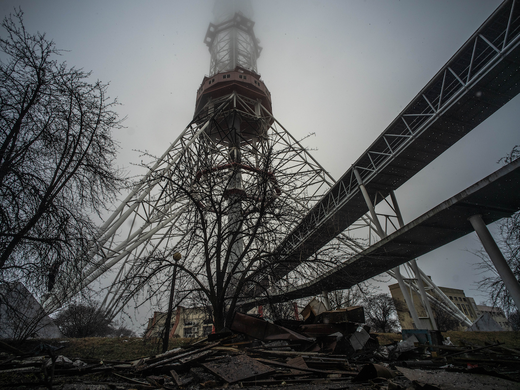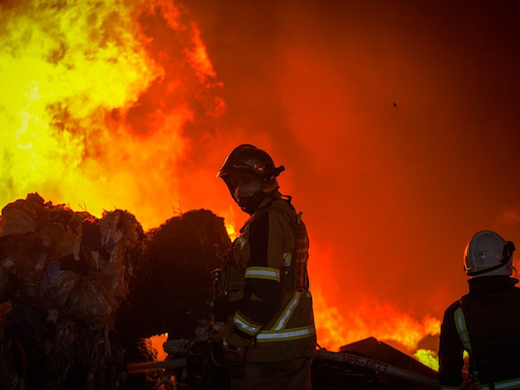Wars end in one of three fashions: through victory and the imposition of peace terms (think the First and Second World Wars); through exhaustion and stalemate, driving the belligerents to the peace table (think the Korean War); or by outside intervention from a power able to force an end to the fighting. The third scenario is atypical, not least given the long-term decline of the United Nations as an international body able to enforce its charter.
Which of these scenarios might apply in the coming months to the war in Ukraine, the largest conventional war in Europe since the end of the Second World War?
Victory for either the Russians or Ukrainians seems far off. While exhaustion has set in for the beleagured Ukranian armed forces and civilians, and the Russian military and economy have been badly bled, the fighting on the ground has not yet created a stalemate that either Russians or Ukrainians would recognize.
That leaves the third scenario. Enter the peacemaker, in the unlikely form of incoming US President Donald Trump. Trump has said two things about his plans to deal with the Ukraine war: one is a boast that he can end the fighting within a day; the other is that the bloodshed has to stop. Whether he has a realistic plan to deal with the war is something to wait and see, but we have some tea leaves to read.
Trump has selected retired US Lieutenant General Keith Kellogg to be his special envoy for Ukraine and Russia. Kellogg will have the president’s ear. What might he pour into it?
Kellogg co-authored a paper, “America First, Russia, & Ukraine,” in April 2024 that should be required reading for Ukraine war watchers. It contains several striking ideas, beginning with the assertion that Russian President Vladimir Putin will respect any Trump plan to end the war in Ukraine because of the latter’s track record of unpredictability, and because Trump has refused to “demonize” or “needlessly antagonize” Putin. Any ongoing US military support for Ukraine to continue its war is dismissed as “expensive virtue signalling.”
How are the parties to be brought to the table? Putin would be offered the prize of no North Atlantic Treaty Organization (NATO) membership for Ukraine, and some limited sanctions relief. US leadership would stop calling him a war criminal. Ukraine would be neutralized by agreeing to pursue the return of its lost sovereign territory only through future “diplomacy.”
What would Kyiv get? Well, a promise of some kind of “bilateral security defense” agreement with the United States. US military aid to Ukraine would depend on Kyiv’s agreeing to peace talks.
Kellogg appreciates that Ukraine will see such a peace as a raw deal, but quotes Trump’s aphorism that “I want everyone to stop dying.”
How does the Kellogg peace plan align with known thinking in the Kremlin and in Kyiv?
The answer is — not well.
Putin was asked about peace negotiations with Ukraine in his annual press conference on December 19. He said that he was ready to enter into talks — just not with Ukrainian President Volodymyr Zelenskyy. He also radiated confidence that Russia was winning. He told his audience that “soon, those Ukrainians who want to fight will run out, in my opinion. Soon there will be no one left who wants to fight.”
The last version of a substantive Russian peace plan was announced in June 2024. Its conditions include the secession of four Ukrainian territories currently only partly occupied by Russian military forces, non-aligned and nuclear-free status for Ukraine, demilitarization and “denazification,” and the lifting of anti-Russian sanctions. Such terms would essentially impose defeat on a diminished Ukraine and leave it defenceless in the future.
Alongside such demands from the Putin regime, the Russian foreign intelligence service (the SVR) posted a press release on November 29, illustrating grave suspicions about any imposed peace terms. It claims NATO is planning to deploy 100,000 “peacekeepers” to Ukraine in the event of a ceasefire, who would then train a million-person Ukrainian armed forces, rebuild the Ukrainian “military-industrial complex” and ready Ukraine for a “war of revenge.”
Ukrainian peace plans have evolved significantly to meet changing conditions on the battlefield, but they themselves do not align well with the Kellogg formula, either. Zelenskyy’s initial 10-point peace plan from 2022 is now a dead letter, not least because it demanded the return of all occupied Ukrainian territories, including the Crimea; the pursuit of justice for Russian war crimes; and the payment of massive war reparations by Russia. That plan has since been replaced by a recalibrated “victory plan” that has as its centrepiece an immediate invitation from NATO for Ukraine to join the alliance, plus greater weapons supplies and unrestricted use of long-range missiles, the longer-term creation of a significant strategic (non-nuclear) deterrence capacity, and a new economic deal for Ukraine. The most recent wrinkle in the “victory plan” involves a suggestion that the “hot war” could be ended now, with NATO accession for Ukraine and a collective security guarantee to cover the territory that Kyiv still controls. Regaining lost territory would be pursued later.
What will Trump do? Kellogg will be his chosen instrument for what will be fraught and complex negotiations, but “America First” — and all it stands for — will be Trump’s chosen motif. Whatever America First might truly mean, its elements are unpromising for a just peace in Ukraine. The mix seemingly contains a benign vision of Putin: a disinterest in upholding the decades-long principle of a liberal, rules-based international order; and a fatigue with the heavy lifting required of the United States as a global superpower, including as part of the NATO alliance. An inward turn by the United States may well be accompanied by a great temptation to practise a twenty-first-century version of a discredited doctrine for peace.
In September 1938, the leaders of Germany, Britain, France and Italy gathered in Munich, with Adolf Hitler’s armed forces seemingly poised to invade Czechoslovakia. To avert war, the Munich pact was signed. It stripped Czechoslovakia of its strong northern defences and territory, in return for a pledge of peace from Hitler. A key signatory, British Prime Minister Neville Chamberlain returned to London proclaiming that he had secured “peace in our time.” He secured peace for less than a year.
The lesson of Munich was that Hitler would not be appeased.
Putin is of the same mould. No one in the Trump administration should imagine for a moment that appeasement, cloaked in the language of America First, will work. Trump should not want to be a Chamberlain redux, however much the title of global peacemaker (and Nobel Prize winner?) might appeal to him. To get Putin to the peace table, Trump will have to threaten him with an unwinnable conflict.
Wars are a tragedy; attritional wars doubly so. Ukrainians and their president know this; some Russians, at least, might feel it. The way out is through regime change in Moscow —that’s long term, and defeat of Putin’s ambitions to win in Ukraine in the nearer term — an altogether different outcome than the wholesale defeat of the Russian military.
The only just peace the Trump administration should pursue is NATO membership for Ukraine, expanded near-term military aid to Ukraine and a forceful warning to Putin to bring his ill-judged imperial adventure in Ukraine to an immediate end. Putin would have to swallow a loss of face, and give up his maximalist aims, while getting a chunk of about 20 percent of Ukraine as ill-gotten gains. Dictators have ways of swinging such things with their own publics. Zelenskyy would have to face a painful loss of territory, with only the promise of a better and more secure future for his country. That might be doable given the current state of Ukrainian public opinion.
Trump could say to his own people: “I created peace; defending Ukraine is now up to the Europeans in NATO (and those underspending Canadians). MAGA! America First!”
The real question will be: Is Trump interested in a just peace or just peace at any price?



